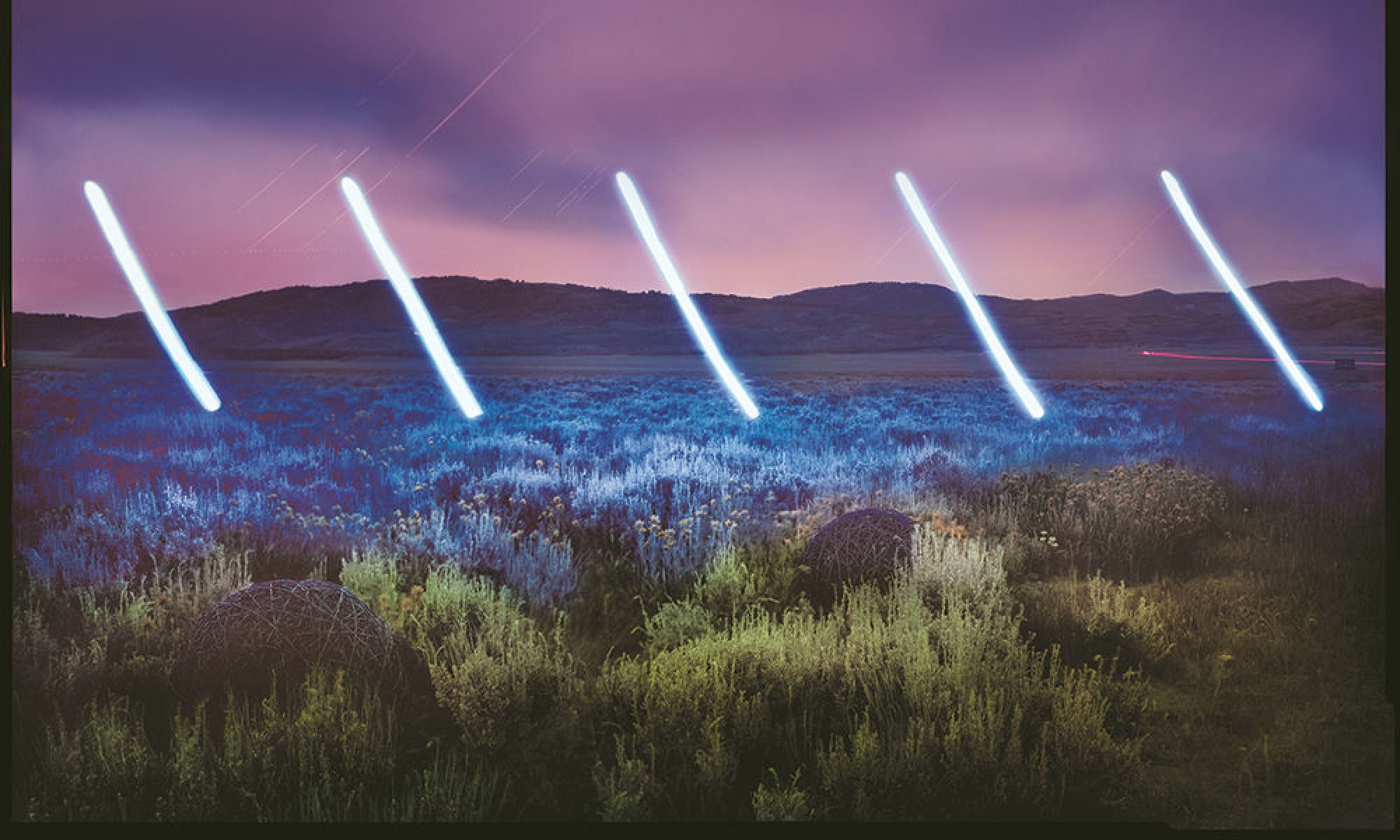Part Two: What I Use Now that I Learned Then
As a TA, I had the chance to observe a wide range of different approaches to teaching. Some people I taught with used 70 slides for a sixty-minute lecture and some people used 5 slides. Some told jokes; others remained serious. Some offered an outline for the day’s lecture at the beginning. Some called students up to the front of the room to participate in an experiment. Some had pages of detailed lecture notes; others had a small list of bullet points.
Teaching Means Best Practices but Also Individual Strengths
Over time, I came to see that some of the choices I observed worked better or worse. It’s never a great idea to have a big block of text on a slide and lecture alongside it without reading it out loud, for example. But many of the variations I saw were not better or worse but simply the teaching persona or individual strength of the person teaching. As I worked with different faculty, I took notes on approaches I saw that crashed and burned as well as techniques that struck me as excellent strategies to reproduce in my own teaching, but I also accepted the invitation to experiment in my teaching and see what was right for me.
As a TA, you can try out detailed notes one day and loose bullet points the next and then reflect on which feels more like your style.
Teaching Involves a Series of Paradoxes
In the first workshop I took as a Ph.D. student on learning to TA, a senior professor described reading a student evaluation that dramatically changed her teaching practice. “You always know what’s coming next,” the evaluation praised, “and we just follow along like lemmings.” While the statement was offered in praise of her knowledge and planning ability, the professor understood it also as a statement about her fear of risk in the classroom. “From then on,” she said, “I looked for ways not to be completely in control, not to know exactly what was coming next. I tried to ask questions that I genuinely didn’t know the answer to either.”
I think this story has stayed with me because it so clearly illustrates a key paradox of teaching: how can we be truly open to surprises without abandoning our responsibility to hold the structure of a class?
As I prepare to teach CRWR 550: Teaching Creative Writing, I’ve been thinking about the many paradoxes we navigate as teachers of writing and how to explore them as a class. Freedom to explore and make mistakes is essential in learning to write, but so is the safety of students to learn in an atmosphere free of racist microaggressions. Teachers need to plan, but we also need to be present enough to notice when a plan must shift to accommodate more pressing questions or concerns. It’s important to extend flexibility and grace to students when they struggle, but having no deadlines and no clear expectations can be just as unkind as excessive rigidity. Working as a TA offers a rich series of case studies on how others navigate these balancing acts as well as a chance to practice them yourself.
You’re a Methods Expert Even When You’re a Content Novice
As a TA for an interdisciplinary critical thinking program, I worked with professors of Computer Science, Linguistics, Creative Writing, Literature, Linguistics, East Asian Studies, and Medieval Studies. I often found myself standing at the front of the room leading a discussion on a theory or concept I myself had only encountered the week before. In these moments, I drew on Therese Huston’s Teaching What You Don’t Know, which introduced me to the terms “content novice” and “methods expert.” Huston’s book reminded me that even when I was teaching the history of technology, the Sapir-Whorf hypothesis, or the structure of Russian folk tales, all “content” that was well beyond my personal expertise, I could draw on the methods and skills I’d spent years developing expertise in: close reading, the writing and revision process, structured discussion, information literacy, and so on.
Being a TA gave me practice in stretching out of my comfort zone and helped me understand that I could help students through my experience with the writing process and my knowledge of how to ask good questions even when they were working on topics, texts, or genres that were new to me. This practice served me especially well when I took a job as the only faculty member in creative writing at a tiny college where I was constantly expected to stretch intellectually and creatively.
When you’re invited to TA in a genre that’s a bit of a stretch for you, remember that you still have a wealth of method expertise to draw on.
Teacher is a Role Any of Us Can Put on and Take off
Finally, being a TA helped me think of the roles of teacher and student as frameworks that we enter together by mutual agreement that could always be otherwise. To be the teacher, I don’t have to be the one in the room who knows the most or has published the most; I just have to be willing to take responsibility for making a space where learning and growth can happen. More and more, I see the role of teacher as holding space and offering resources, and the role of student as engaging with that space and accepting those resources.
We are all teachers at times and all students at times, and each role can be a pleasure. And really, if we’re paying attention, resources always flow both ways.
